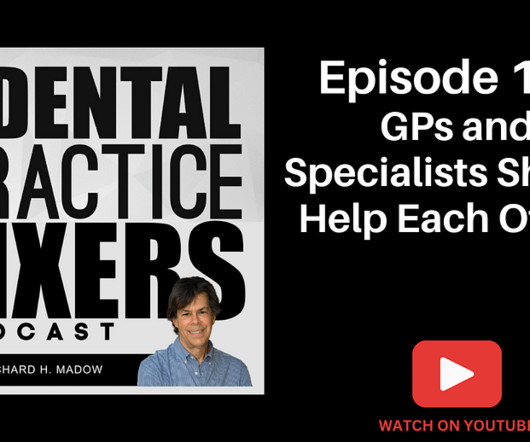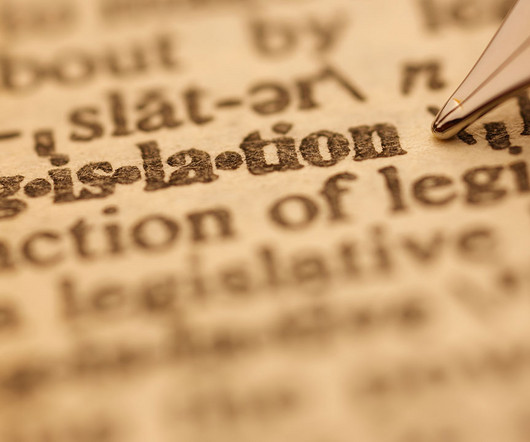Day 25: Let Food Be Thy Medicine
Queen of Dental Hygiene
JUNE 25, 2023
Healthy food- Eat the Rainbow In dental hygiene, we focus so much on being “antibacterial” We worry about all the bad bugs and what they do in the mouth to create and foster tooth decay, gum disease, and bad breath. We polish, scrape, brush, floss, and swish away the plaque and calculus (tartar). What if we are doing it all wrong? Prehistoric man didn’t have a dental hygienist pestering him to floss and brush yet dental diseases were rare.










Let's personalize your content